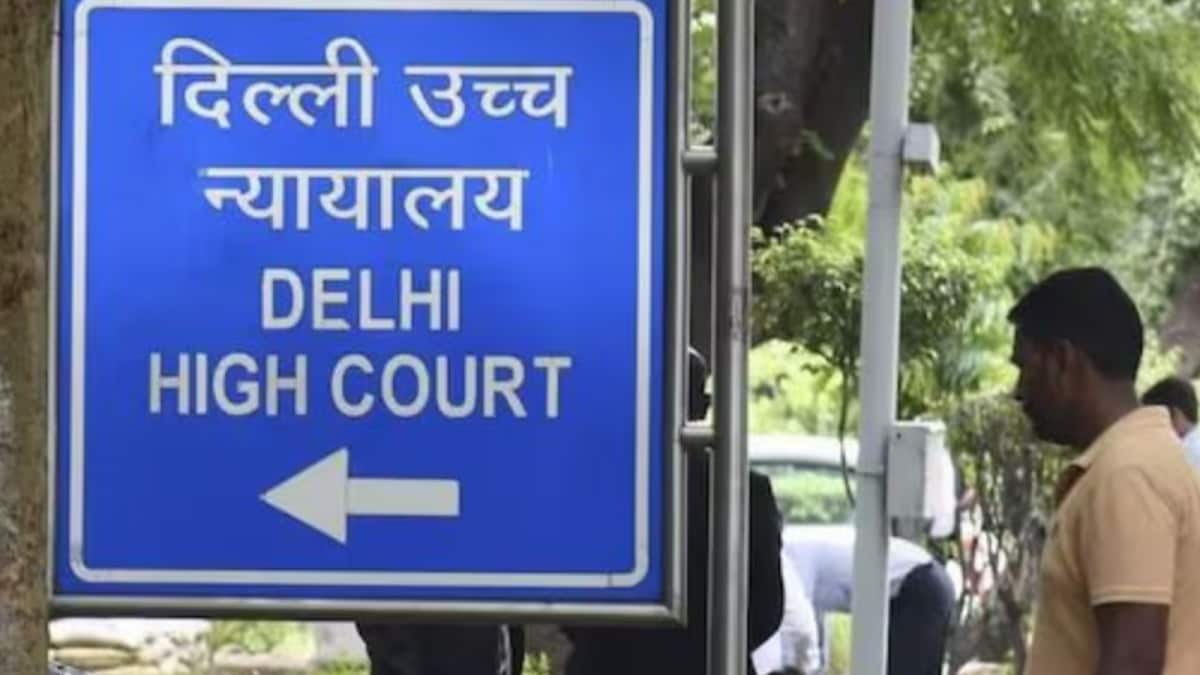Ozone pollution spiked in several parts of Hyderabad this summer, but it was the industrial belt of Bolarum that saw the worst of it.
Between March 1 and May 31, Bolarum recorded 17 days when ground-level ozone levels breached the safe limit — the highest in the city — according to a research paper published by the Centre for Science and Environment titled ‘An invisible threat: Ground-level ozone – Metro cities’ based on a study by Anumita Roychowdhury and Sharanjeet Kaur.
The study tracked air quality in five major cities — Hyderabad, Mumbai, Kolkata-Howrah, Bengaluru and Chennai — using data from 80 stations under the Continuous Ambient Air Quality Monitoring System (CAAQMS).
As per the study, Bolarum is most chronically affected by ground-level ozone pollution, and exceeded the standard for 17 days in the study period. While the standard is 100 μg/m³ (micrograms per cubic metre of air), the levels of ozone nearly touched 140 μg/m³ on the days mentioned.
There were no exceedances at other stations in the city barring ICRISAT which exceeded the standard for two days and Ramachandrapuram which exceeded for one day, totalling to 20 days of ozone exceedance in the city. The days of exceedance in Hyderabad were more concentrated between May 2 and 20. Good news is that the figure is 55% lower than what was recorded last summer.
A comparison of May 2025 with May 2024 reveals that ground-level ozone is now lingering in the atmosphere even after sunset, and the average hourly ozone peak is 3% higher than last year, the study noted.
At 45, Bengaluru recorded the highest number of days with ozone exceedance. Mumbai recorded 32 days, Kolkata 22 days, and Chennai recorded the lowest at 15 days.
Unlike primary pollutants which are emitted directly from sources such as vehicles and industries, ground level ozone is formed through intricate chemical reactions involving nitrogen oxides, volatile organic compounds (VOCs) and carbon monoxide, which are the pollutants released by vehicles, power plants, factories and other combustion sources, the study said.
In the presence of sunlight, these substances undergo a series of cyclic reactions that result in the ozone formation near the ground. VOCs also have natural sources such as vegetation adding to the complexity, which explains the higher levels at ICRISAT.
What’s more threatening is that the ground level ozone can travel long distances, turning into a regional pollutant. It impacts agricultural productivity, threatening food security. Ozone is a highly reactive gas which can be harmful even with short duration exposure, and result in serious public health crisis, the study warned.
Ground level ozone can inflame and damage the airways, increase susceptibility to infections and worsen respiratory conditions such as asthma, chronic bronchitis and emphysema. Children with underdeveloped lungs, order adults and people with existing respiratory conditions are particularly vulnerable.
Hyderabad is prone to experience ozone exceedances during winter too, driven by cold, stagnant conditions and poor vertical mixing. But this winter, there was substantial improvement, with the city recording just nine days of exceedance which is a sharp decline from 43 days recorded during the winter of 2024, the study observed.



.png)
.png)
.png)
















 3 hours ago
3
3 hours ago
3









 English (US) ·
English (US) ·